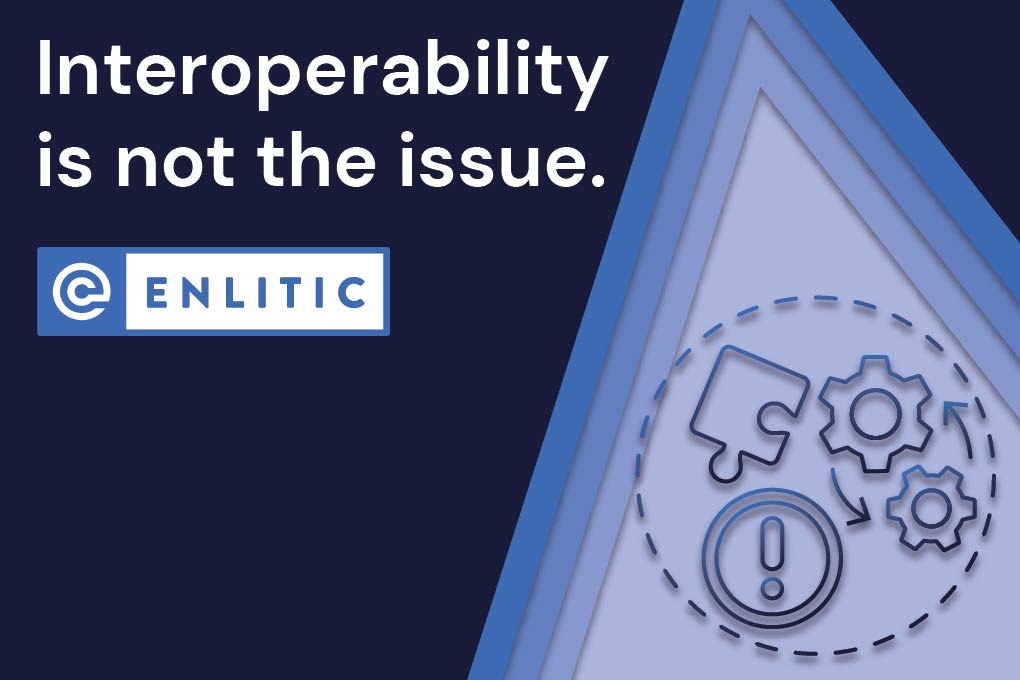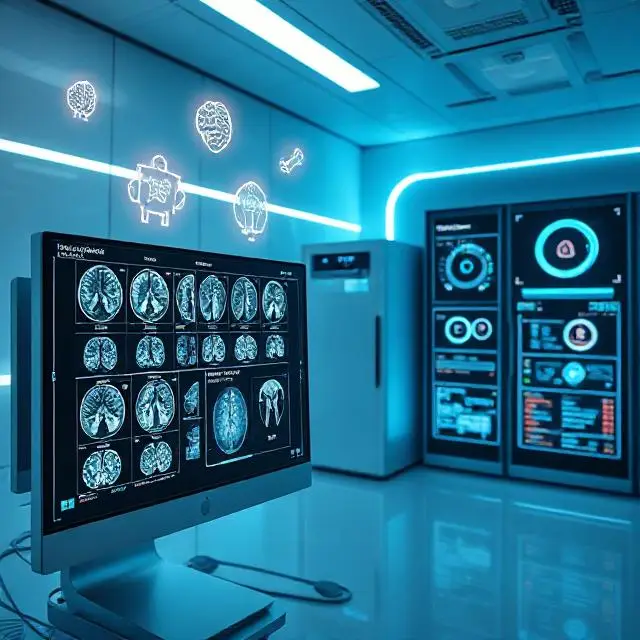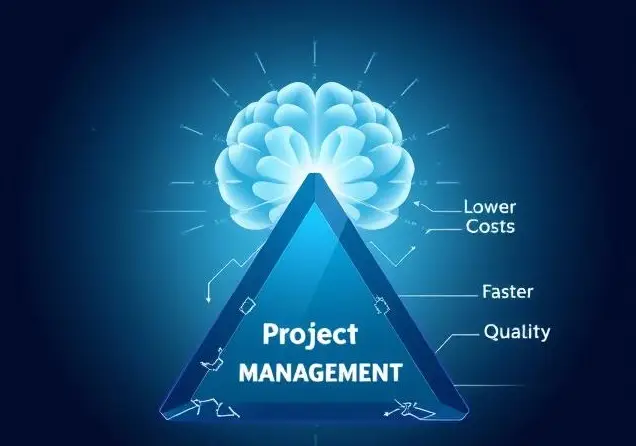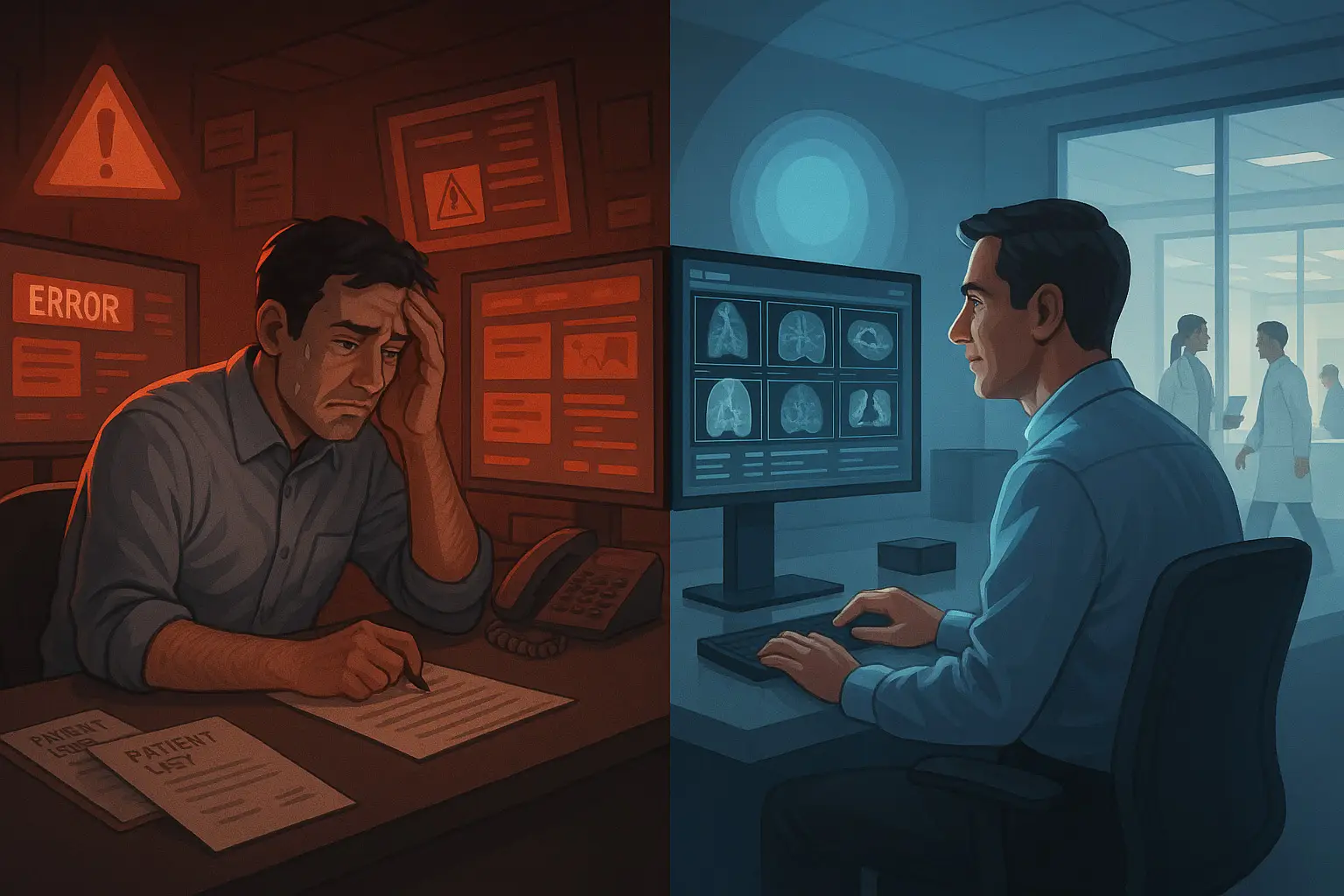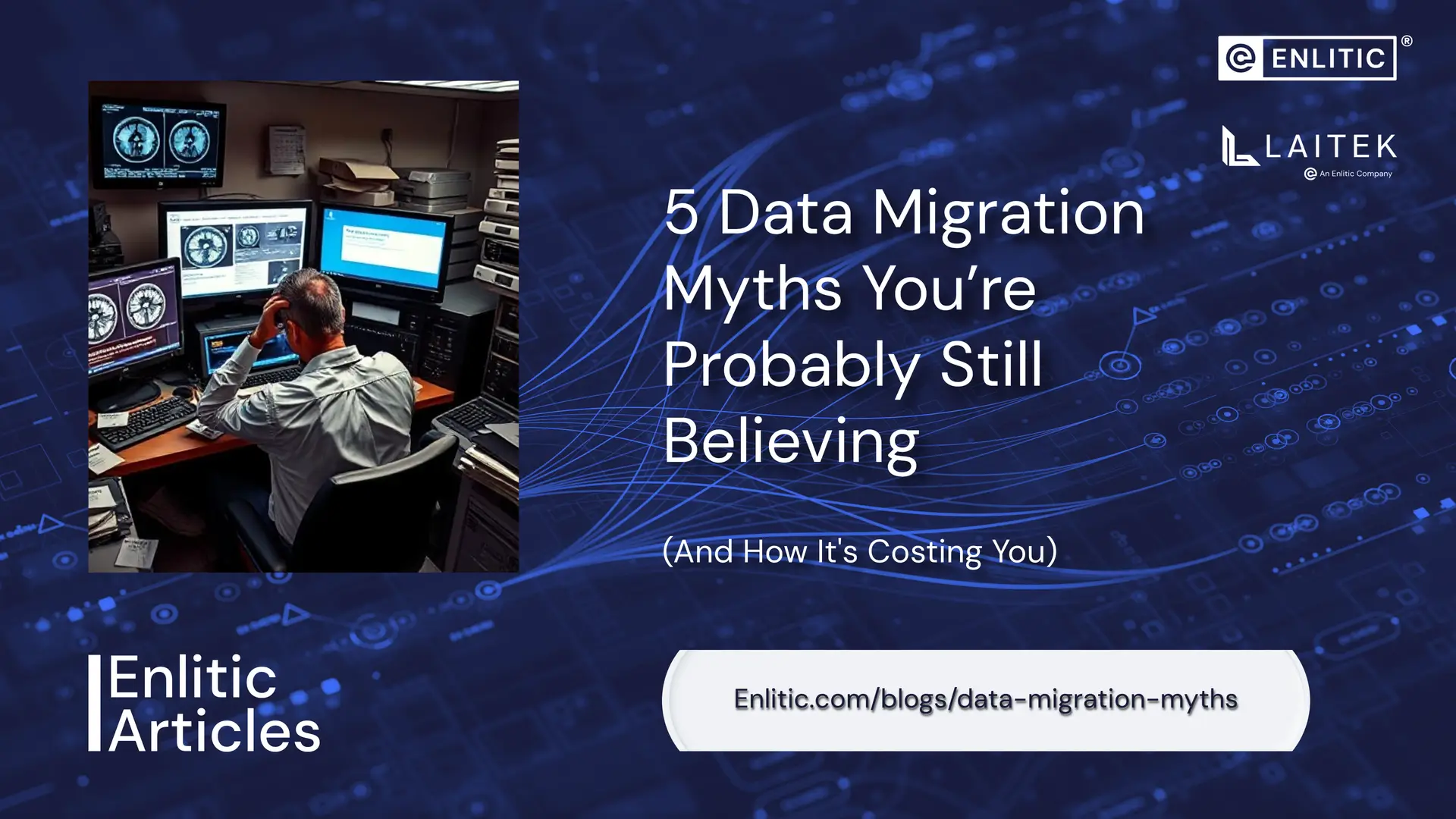Interoperability – What is it?
Interoperability is defined as the ability of different information systems, devices and applications to access, exchange, integrate and cooperatively use data in a coordinated manner, within and across organizational, regional and national boundaries, to provide timely and seamless portability of information and optimize the health of individuals and populations globally.
This is an ongoing problem that has been plaguing healthcare since the adoption of digital technology. We’re talking decades. And yet, are we really talking about interoperability? If you work at a hospital, and you send a medical image study from one site to another, that receiving site can get the studies and images and display them. We can use DICOM and web services, HL7 and FHIR to ensure the relevant data is shared. We can “access, exchange, integrate and cooperatively use data in a coordinated manner, within and across organizational, regional and national boundaries, to provide timely and seamless portability of information” as defined above by HIMSS. We have been able to do this for years. But at the end of the day, is this really the challenge?
The problem lies in that when those images come in, they’re labeled the way Hospital A labeled them. These studies get ingested in DICOM, the PACS handles them as either new studies, outside studies or as priors so that the PACS archive can manage them properly and they appear in the reading list accordingly. The real problem lies in interpreting these studies in an efficient manner. In being able to understand that the study received is a CT Chest Thin Slice with Contrast and that the prior studies that are the same study need to be displayed in a 2×2 layout with current and prior axial pre-contrast images side by side on the top row and the current and prior axial with contrast should be on the bottom row side by side, all with soft tissue windows applied and linked anatomically so that they scroll together.
The radiologist or PACs administrator must ingest those studies, correct them for their labeling, rearrange them, and then they can start reporting. It’s not really a matter of interoperability that’s the issue. It’s more the ability to take that data and make something out of it. The question really is, can we do anything with that data?
Insights From Data > Data Alone
This is where Enlitic enters the equation. To help solve this problem of gaining insights into the data so that it has a more meaningful impact on workflow, efficiency and staff time. When Hospital A sends that data to Hospital B that data it is normalized with the same description and labeling as the site receiving the data has. Now that data starts to make sense, because they know that it’s a CT Chest Thin Slice with Contrast. The receiving PACS knows what series the axial slices are, and which are the sagittal slices. The PACS knows how to handle the images and matches the desired hanging protocol accordingly. The studies get routed to the right worklist or correct workstation and the need for manual intervention is minimized, if not eliminated. The radiologist reports the study from an aspect of comfort and needs minimal intervention to get started.
This is where we need to get to if we want to redefine healthcare – interoperability is not the issue. It’s data governance.
HIMSS22 had a whole area data dedicated to interoperability. So obviously, there are still some issues. But if you’re using DICOM, HL7 and FHIR, you’re able to share that data across departments and systems. But can you make sense out of it? And that’s really where the real problem lies.
That’s where a lot of companies are still struggling. When you look at AI algorithms and AI platforms, they expect that providers have solved the “interoperability” challenge when they get the data.
Here is an example of how data governance needs to play a role in the use of AI.
“Patient information appears on the monitor along with a box showing a “confidence score” of 99.96% for the presence of pneumothorax. A smart algorithm had flagged the case as being suspicious for this condition.”
How did the algorithm know that the study was a Chest study, that it was the correct orientation to be processed, or that it was the right modality? Every AI vendor today makes assumptions in the workflow that the data got to the algorithm to be processed, but that is where “interoperability” fails. The data routed to the algorithm needs to be labelled correctly to reach the AI processing station. It needs to be normalized for it to process the correct series and then the data needs to be clinically identified so that it can be routed to the right radiologist for reporting.
Garbage In Is Garbage Out
Vendors assume this happens automatically or look the other way and put that responsibility on the modality vendor or the PACS vendor. But these vendors look at the data they output and say it’s the responsibility of the facility to decide what the series should be labelled. Each facility calls it something different and it’s too much to expect the modality vendor to set the standard as this would differ between modality vendors.
PACS vendors say, “garbage in is garbage out” and so they won’t address solving the problem. Every time we create a “smart” protocol for reading the modality vendor changes a setting and all the protocols break. PACS vendors do their best to have settings that radiologists can save when they rearrange an image and that’s fine for a while until it isn’t. And then we start all over again.
So, what if a middleman stepped in and took the “garbage in” and changed it into “value out”? Take the pressure off the modality vendor to maintain the data governance – change the settings all you want, it doesn’t matter. And let the PACS vendor keep their smart protocols and when a data governance plan is in place utilizing a tool like ENDEX they will only need to update their protocols one more time. Ever.
That’s what Enlitic does. We solve problems no one else wants to solve. We change the dynamic between vendors. Enlitic gets the most out of your PACS without needing the PACS vendor to intervene. We make your life better. Schedule a conversation or demo, here!

